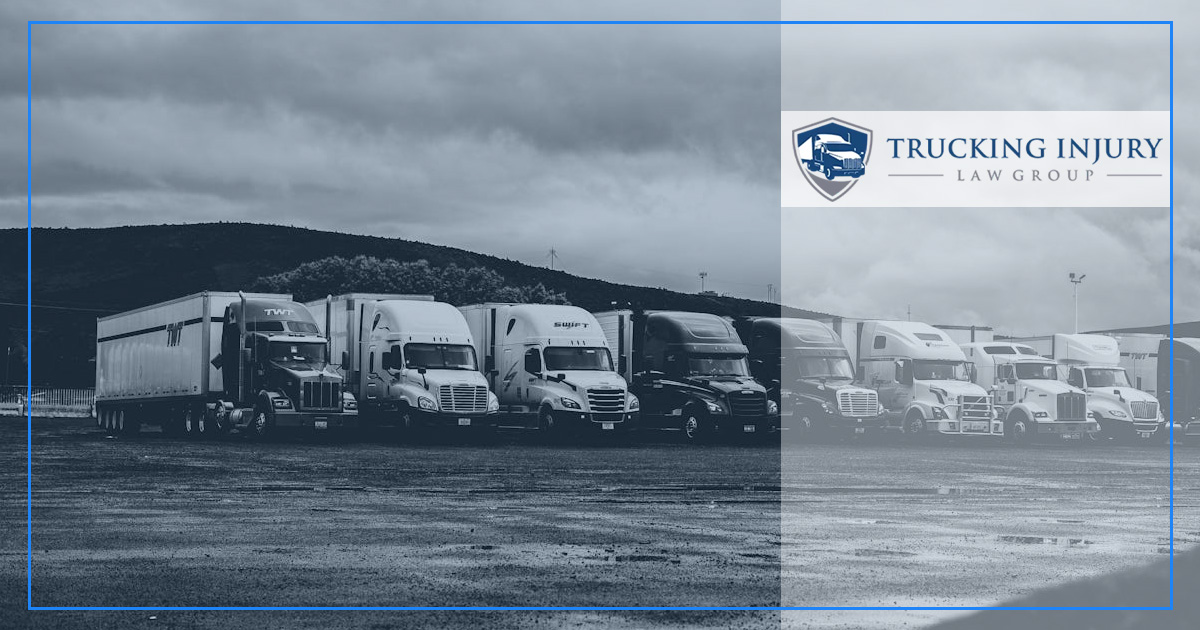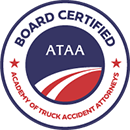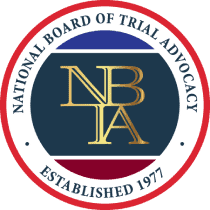What Are the CDL Requirements in Washington?

According to the Washington State Department of Licensing (DOL), there are several classes of CDLs, each with its own respective minimum training requirements. Below, we outline each of those CDL classes in Washington, so you’ll have a better understanding of what expectations our state has of truckers tasked with carrying different types of loads.
Understanding the Different Classes of CDLs in Washington
First, let’s start by describing the different license classes truckers can have in our state. Those three types include:
- Class A: This allows an operator to drive a truck and trailer with a combined gross vehicle weight rating (GVWR) of 26,001 pounds or more. A traditionally enclosed, flatbed, and livestock trailer may all be hauled by a truck in this class. This category also includes tanker trucks.
- Class B: This category includes single vehicles with a GVWR of 26,001 or more or any vehicle hauling another that has a 10,000-pound or lower GVWR. School and city buses, as well as dump and box trucks, generally fall under this category.
- Class C: Any vehicle transporting 16 or more individuals or hazardous materials is generally classified as this. Thus, small trucks transporting potentially flammable substances or passenger vans may fall into this category.
Training Required of Those With Washington CDLs
As mentioned above, there are different mandatory minimum training requirements that Washington drivers must meet to obtain the different classes of CDL licenses described above per the DOL. Those are:
Class A CDL Licensees
These drivers must complete at least 160 total hours of training divided up as follows:
- 40 hours of in-class training
- 70 hours of a combination of lab or range training as well as observation
- 18 hours of actual driving on the road
- 16 hours of proficiency development
- 16 hours of training in backup maneuvers
Class B CDL Licensees
To obtain a CDL, a driver must receive at least 80 hours of training, which is comprised of the following:
- 40 hours in the classroom
- 14 hours of training in street driving
- 8 hours of proficiency development
- 8 hours of training on backing maneuvers
- 10 hours combined observation in addition to lab or range training
Class C CDL Licensees
Anyone wishing to obtain a Class C CDL in Washington State must, like Class B drivers, complete at least 80 total training hours, which should be divided up as follows:
- 40 hours of classroom training
- 14 hours of on-the-road instruction
- 8 hours of proficiency development
- 8 hours of behind-the-wheel instruction in backing up
- 10 hours of a combination of observation as well as lab and range training
Additional training may be required for individuals seeking certain types of endorsements that allow them to operate school buses, carry passengers over a certain amount, or hazmat. Any added requirements like those can easily be found in each state’s respective CDL manual.
What Role Does This Training Play in Minimizing Crash Rates?
The thought of operating a big rig, tanker truck, bus, or another large automobile may seem appealing to some. However, as a motorist sharing the road with one of these large vehicles, it may seem intimidating to do so. Why?
While the training outlined above can certainly give a CDL licensee an edge over your everyday car driver, nothing compares to experience out on the road. That’s what can truly contribute to reduced bus crashes or truck collisions.
Where To Turn If an Inexperienced or Otherwise Reckless Trucker Hurt You
So far in 2024, there have been 1,995 trucks and buses involved in fatal and non-fatal collisions in Washington, according to the Federal Motor Carrier Safety Administration and its Analysis & Information Online tool. It’s, unfortunately, likely that there will be many more before the year draws to a close.
If a collision with a large commercial vehicle, like an 18-wheeler, bus, or tanker truck caused a crash that injured you or someone you care about, your focus needs to be on your recovery or grieving your loss — not on dealing with aggressive trucking companies or their insurers who are intent on strong arming you into settling with them.
When you work with our Seattle truck accident lawyers, we’ll take care of insurance claims and lawsuit filings, negotiations with adjusters, proving liability in your case, and anything else necessary to secure the compensation you need to move on with your life. So, get in touch with us at Trucking Injury Law Group to discuss your case and how we can help now.





